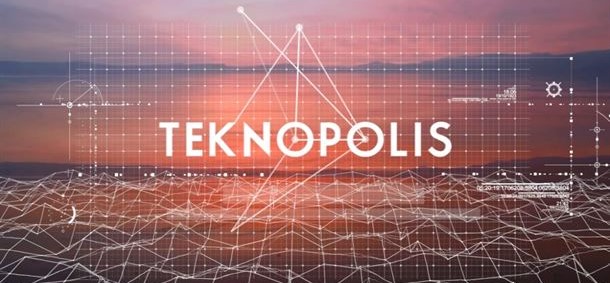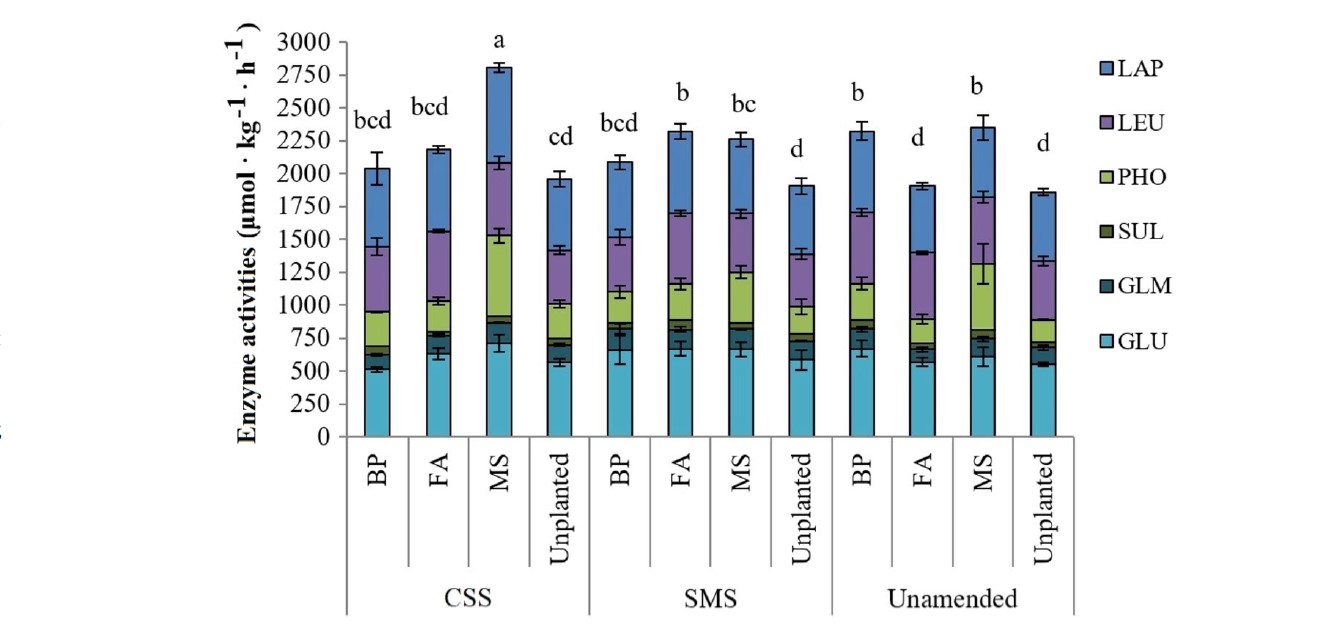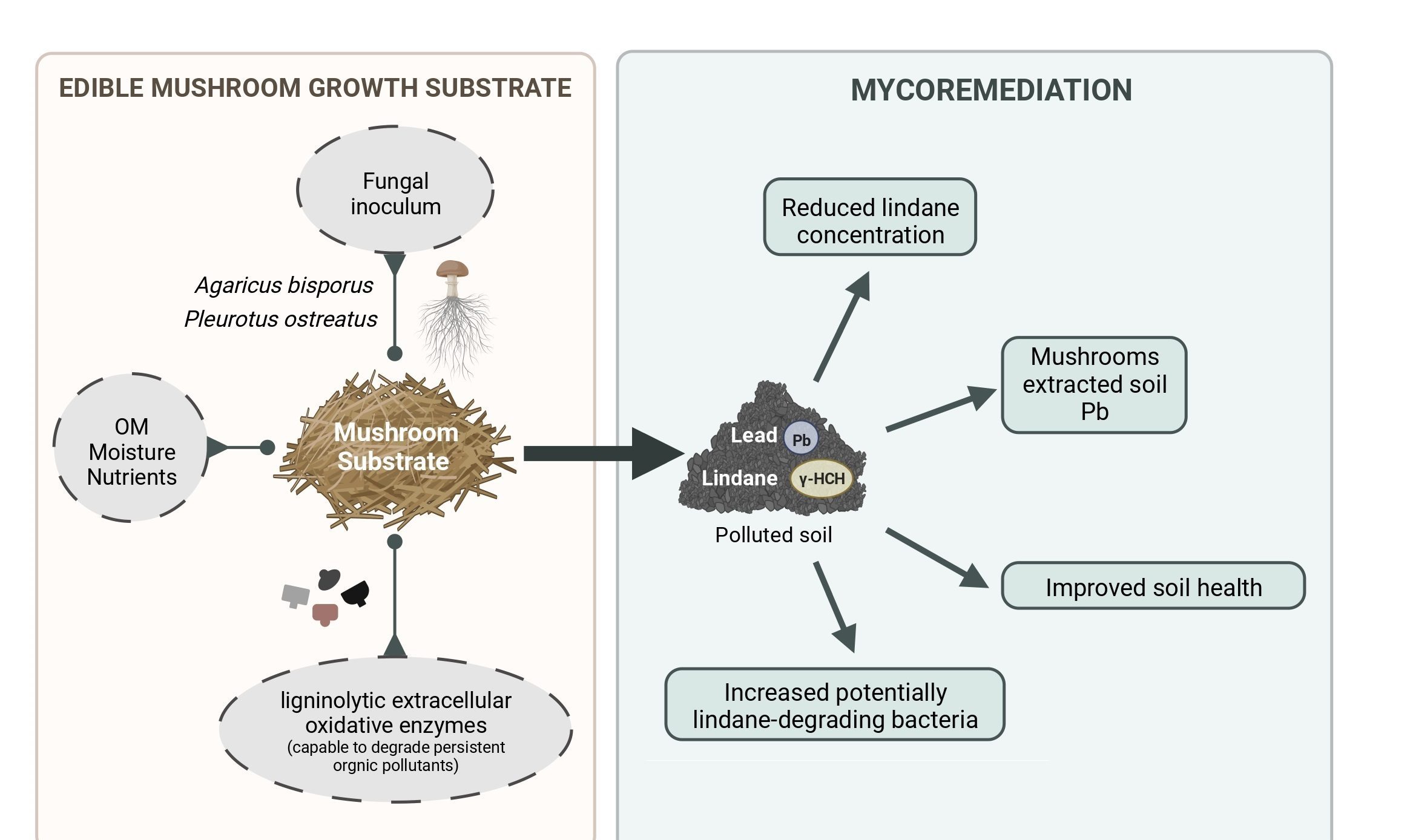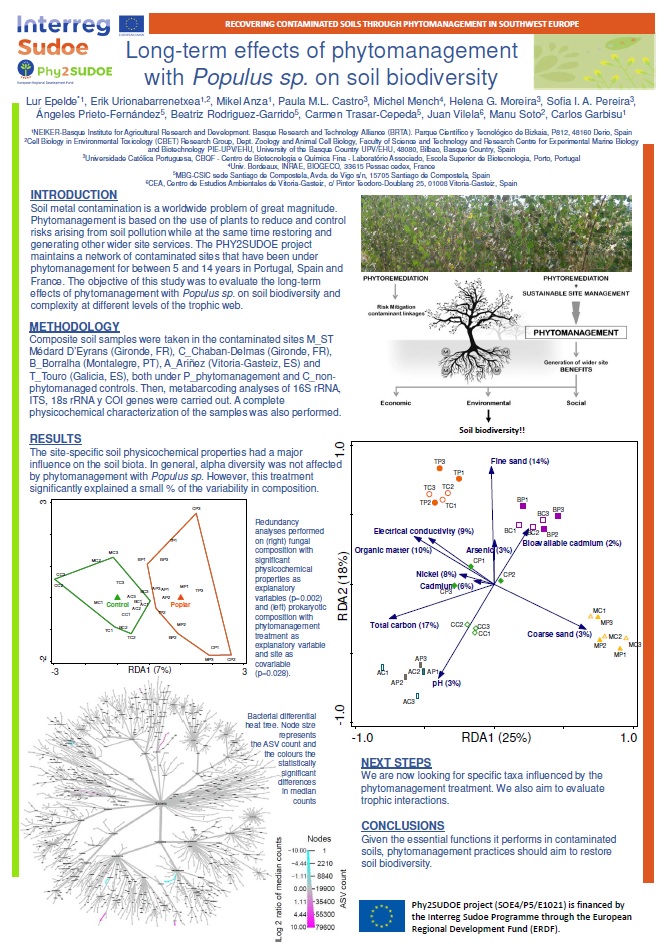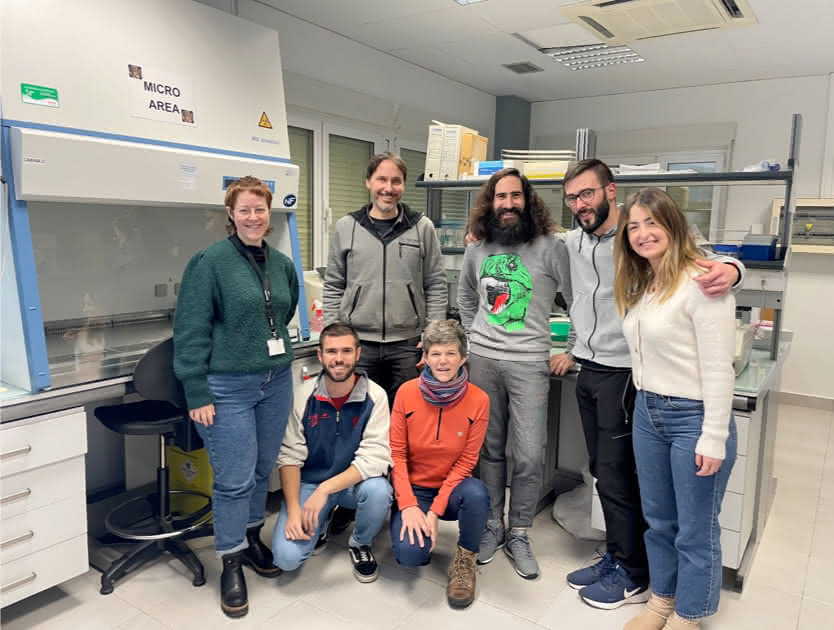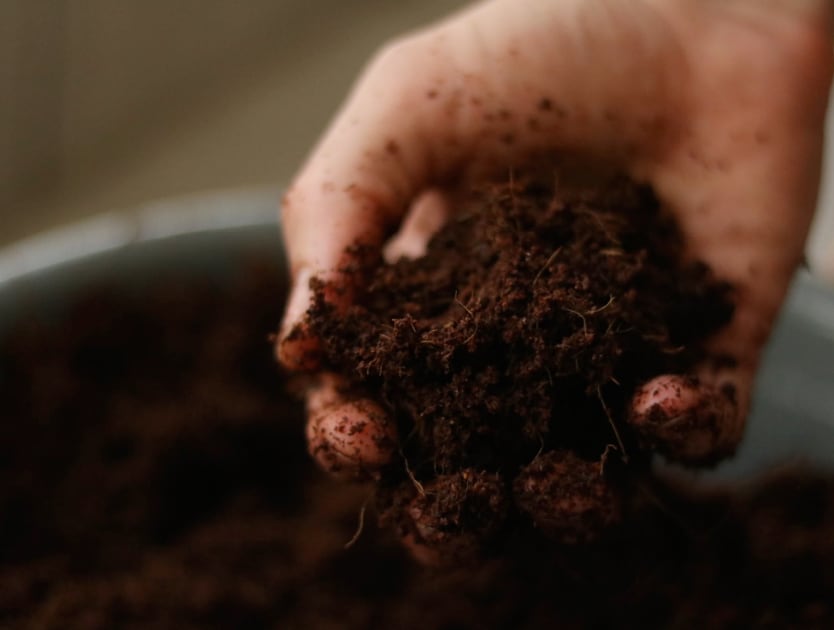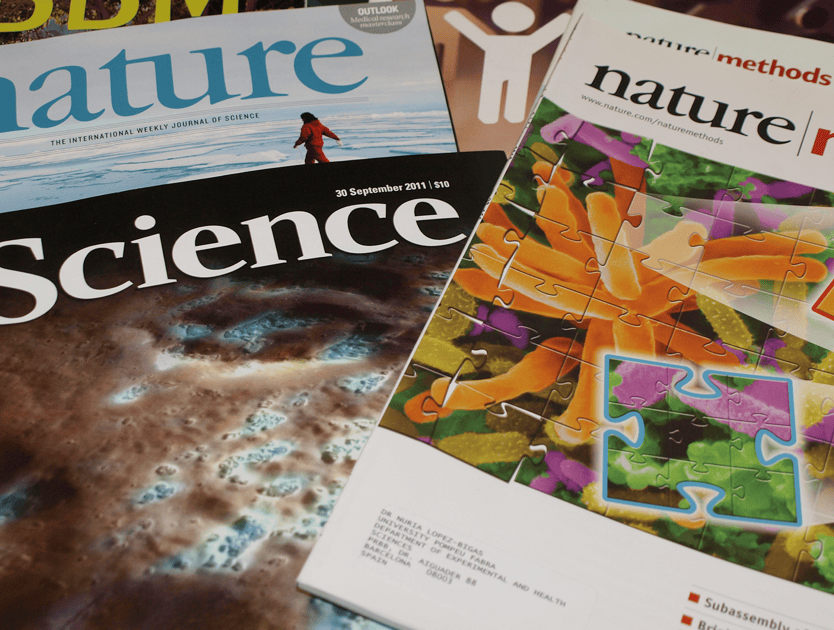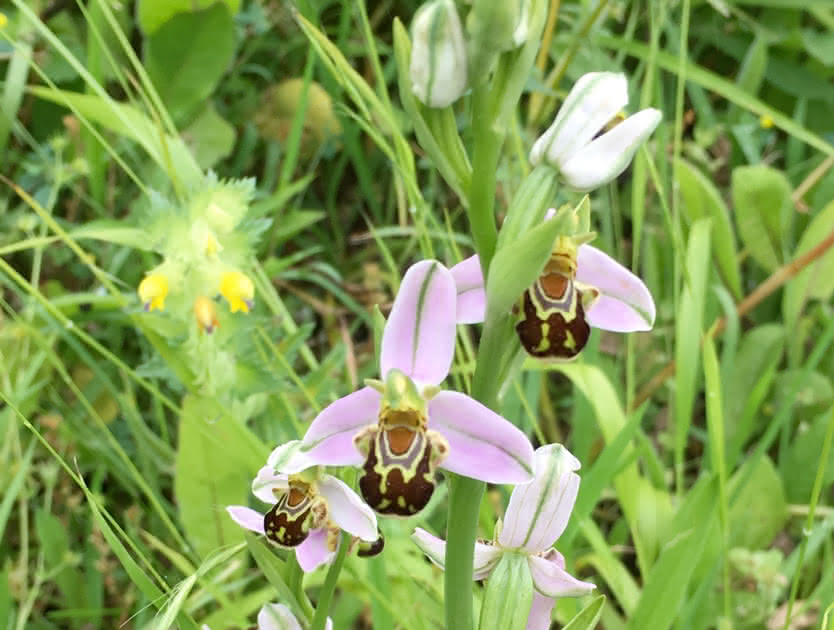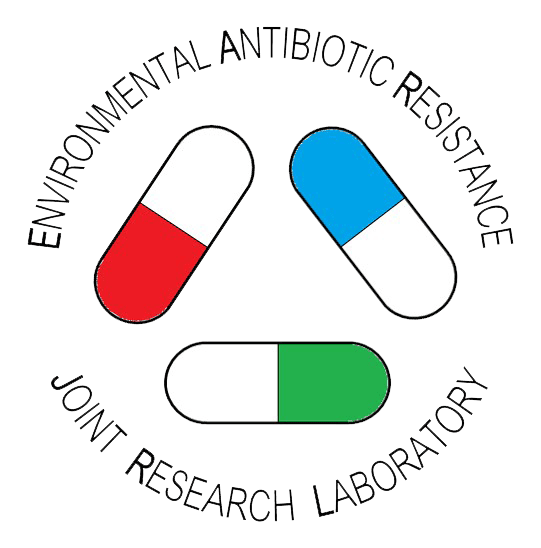Soil Microbial Ecology Group
We are most interested in the impact of different sources of environmental stress (e.g., contamination, agricultural practices, climate change) on soil health, defined as the capacity of a given soil to sustainably perform its functions and ecosystem services from both an anthropocentric and ecocentric point of view.
About us
